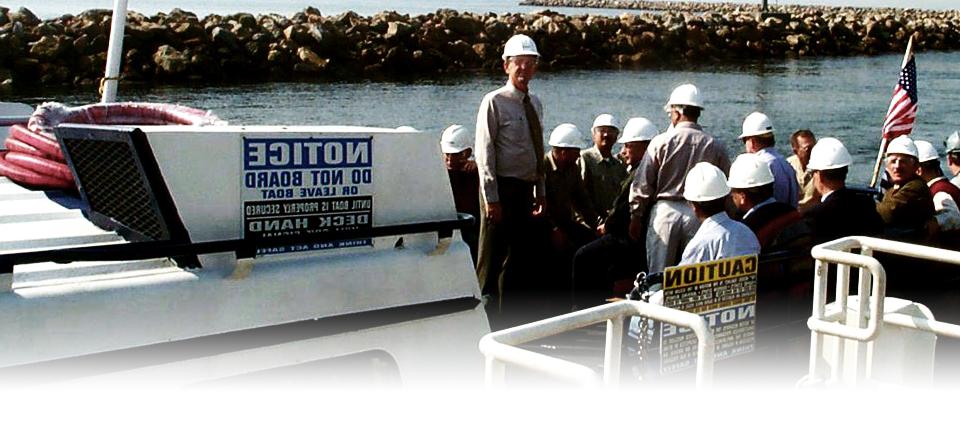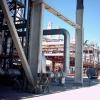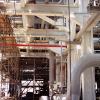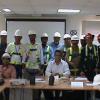Oil Base Mud (OBM) Drill Cuttings Remediation
During the drilling of several oil wells at the Bp/GUPCO western desert facility, petroleum based drill cuttings have been produced. These drill cuttings are in the range of 40 to 50 percent by volume petroleum hydrocarbons. The drill cuttings have the physical appearance of being pitch black, sticky with a clayey texture. These drill cuttings are completely saturated with hydrocarbons and oil readily drains from the cuttings.
Bioremediation is commonly accepted as the most efficient, environmentally safe and cost effective method for treatment of the drill cuttings. In general bioremediation is considered "best available technology" (BAT). The rate of bioremediation of petroleum hydrocarbons is sensitive to many factors such as the chemical composition of the petroleum hydrocarbons, presence of suitable microbes, soil moisture conditions, water quality, availability of suitable electron acceptors, nutrients (NPK), enzymes, temperature etc. The bioremediation of the petroleum hydrocarbons is a redox reaction with the end product primarily being carbon dioxide and water. The microbes provide the starting energy for the reaction to proceed. United is utilizing bioaugmentation (addition of microbes) and biostimulation (chemical additives) to optimize the rate of bioremediation.
BioCells have performed very well with a significant drop in TPH (total petroleum hydrocarbon) concentration since the biocell was started. The drill cuttings had initial TPH of 383,000 mg/Kg. The biocell has been in operation for a little over 1 year. During that time period the TPH concentration in the biocell has dropped 85% from 271,650 mg/Kg at the start of operation to about 40,900 mg/Kg after 395 days of operation. This represents a daily average decrease of 584 mg/Kg/day.










